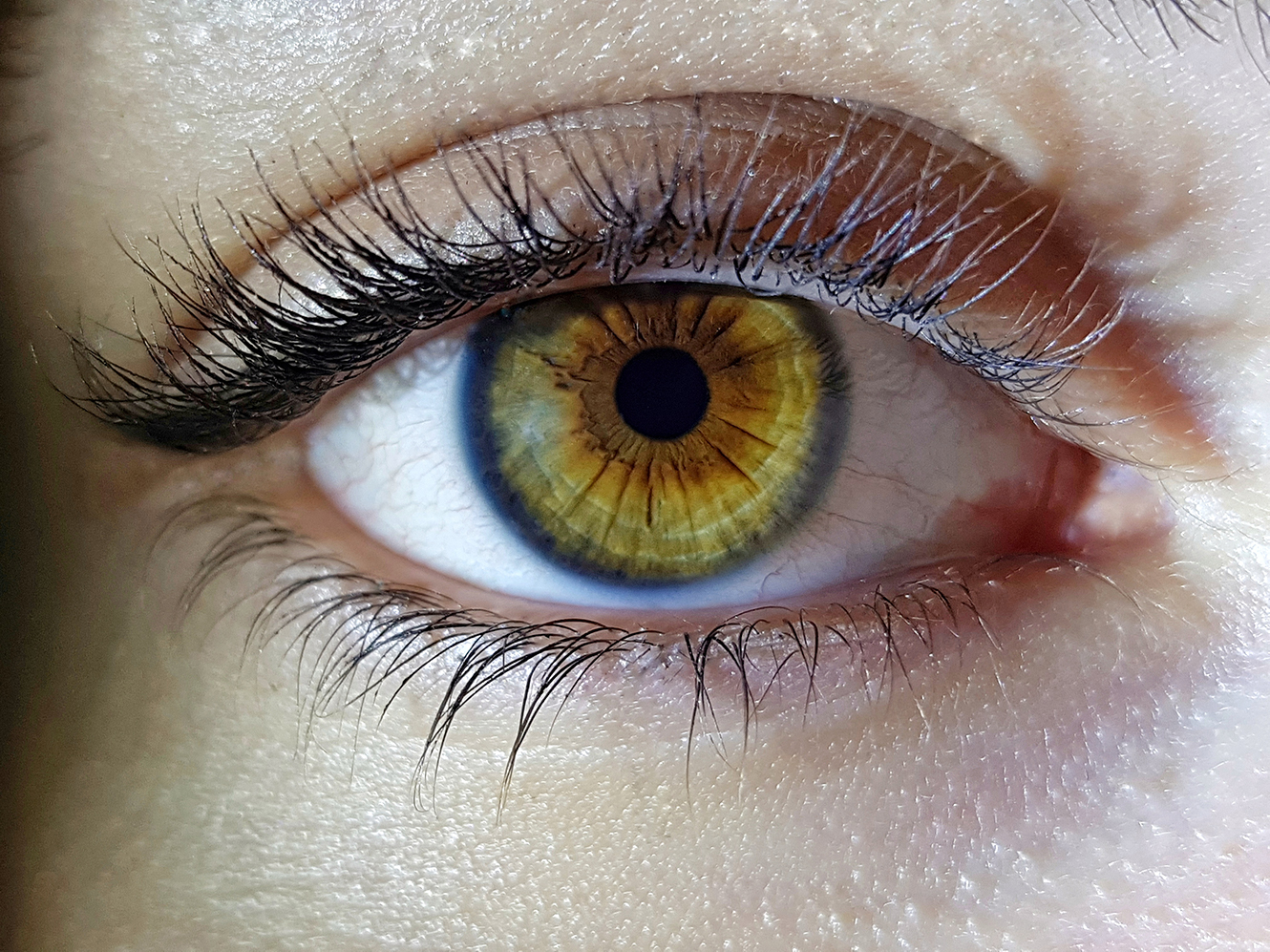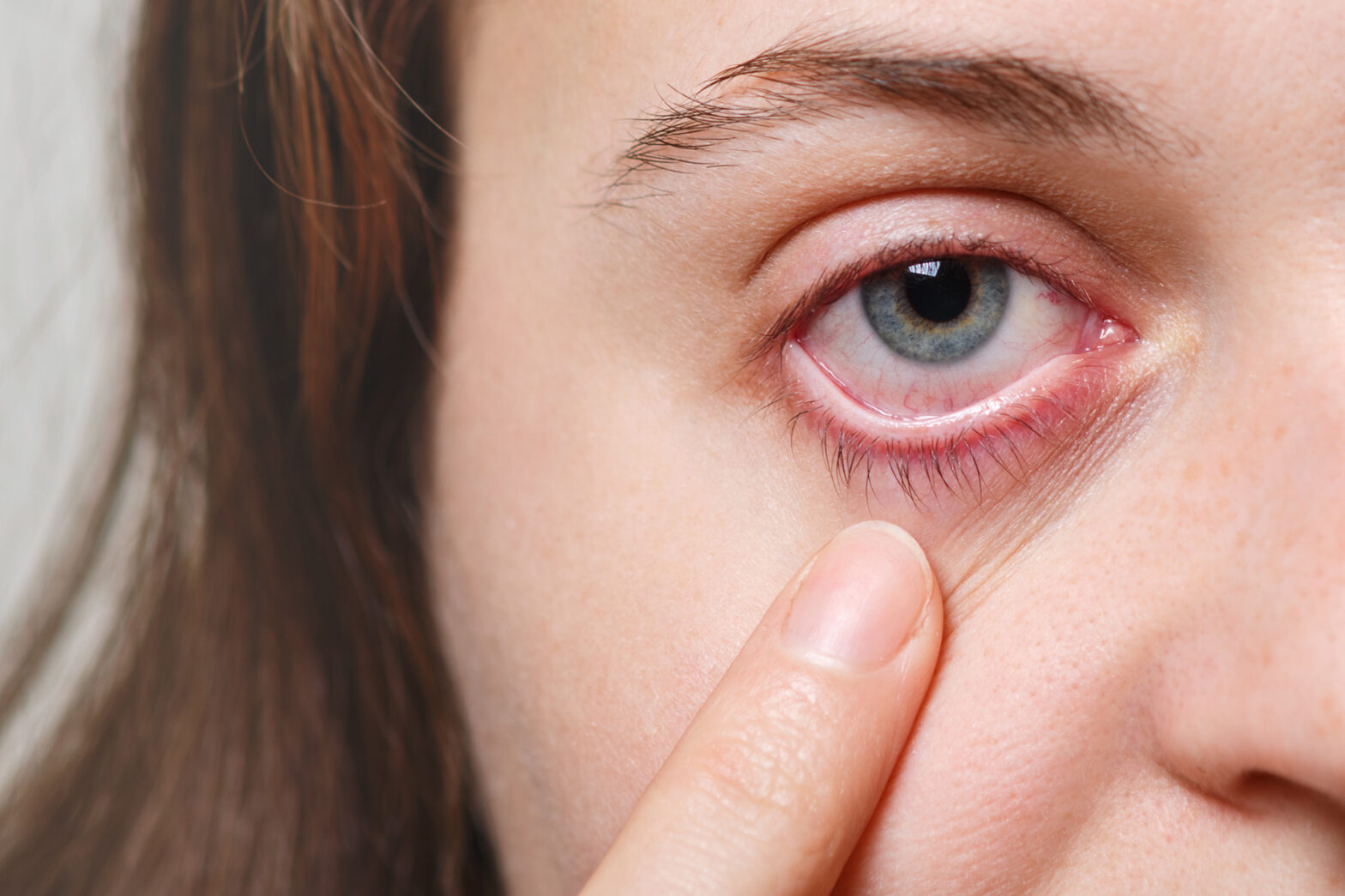Tamarind Seed Polysaccharide (TSP) is a natural molecule obtained from the tamarind tree and has been used in the food industry for a long time. It is effective in the treatment of dry eye syndrome due to its remarkable similarity with mucins, which are ocular surface molecules.
TS-Polysaccharide is a natural substance extracted from the seeds of the Tamarindus indica plant. Chemically, it is a water-soluble galacto-xylo-glucan polysaccharide with a medium molecular weight of 470 kDa.
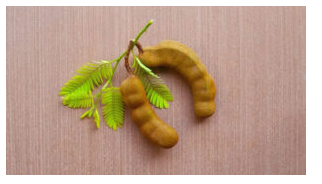
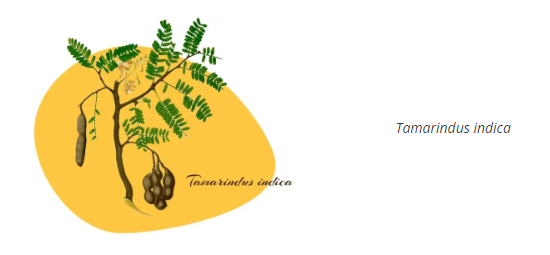
It has properties such as high viscosity, wide pH tolerance and stickiness, so it has been used as a stabilizer, thickener, gelling agent and binder in the food and pharmaceutical industries. In addition, it has the properties of non-carcinogenicity, mucoadhesiveness, biocompatibility and high drug retention capacity.
Tamarind Seed Polysaccharide
Tamarindus indica
TS-Polisakkaridin karakteristik müsin benzeri yapısı
It is thought that the increased residence time on the eye surface with Tamarind Seed Polysaccharide can be explained by the similarity of its structure to transmembrane mucins.
Mucins are a group of extremely bulky heterogeneous glycoproteins that can be found as major components in all mucus secretion of moist epithelial surfaces. On the ocular surface, epithelial mucins act as a preocular tear film stabilizer to prevent dehydration of the underlying epithelium, a remarkable barrier against penetration of pathogens and wetting of the epithelial surface of the cornea and conjunctiva during blinking and lubricating substance.
The molecular structure of Tamarind Seed Polysaccharide of the “mucin-like” type is very similar to mucus glycoproteins and MUC 1, a mucin found in the cornea and conjunctiva, especially in its extracellular projection in the glycocalyx.
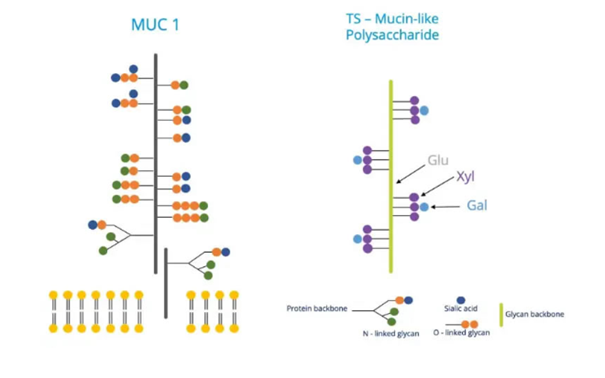
The branched structure of Tamarind Seed Polysaccharide, which is typical of tear film glycoproteins, allows the polysaccharide to adhere directly to the mucins of the glycocalyx. This interaction gives the molecule a higher residence time on the ocular surface than the most effective product previously available, Hyaluronic acid. Additionally, since the polymer has a high water retention capacity, Tamarind Seed Polysaccharide-based solutions ensure proper hydration of the ocular surface and increase the stability of the pre-corneal tear film, protecting it from environmental hazards by creating a microenvironment suitable for corneal surface repair processes.
Characteristic mucin-like structure of TS-Polysaccharide
Patent for eye drops containing TSP
In 1990, the collaboration of Farmigea, the University of Pisa and Polytech on the study and characterization of Tamarind Seed Polysaccharide led to the product currently used.
On February 5, 1996, an Italian patent application numbered 1,283,911 was filed for “Ophthalmic solutions made viscous with Tamarind Seed Polysaccharide” and was subsequently approved. Farmigea’s challenge during 1998-2001 was to determine whether Tamarind Seed Polysaccharide was a drug suitable for clinical development. During 2002-2005, Farmigea’s challenge was to prove Tamarind Seed Polysaccharide as an effective compound for the treatment of dry eye syndrome[SS1] [SS2] [SS3].
Properties of TSP in the treatment of dry eye syndrome
The rheological behavior of Tamarind Seed Polysaccharide solution is non-Newtonian, accurately mimicking tear fluid, being very viscous when the eyelids are open and more fluid during blinking due to the stress of closing the eyelids. As a result, Tamarind Seed Polysaccharide ophthalmic solutions ensure proper protection of the ocular surface by preventing blinking discomfort.
In terms of the properties of the polymer described above, ophthalmic solutions containing Tamarind Seed Polysaccharide are effective in maintaining proper hydration of the ocular surface by engaging with the tear film and reducing evaporation. By adhering directly to the superficial layer of the corneal epithelium, Tamarind Seed Polysaccharide can form an efficacy barrier that protects the eye from all attacks caused by external factors such as wind, prolonged exposure to sunlight, dry air, chlorinated or salt water, intense sunlight and air conditioning, irritation, burning that may occur. Prevents redness and foreign body sensation. Tamarind Seed Polysaccharide in preservative-free ophthalmic solution can also reduce discomfort caused by wearing contact lenses for long periods of time.
[SS2]https://www.farmigea.co.uk/the-tamarind-seed-polysaccharide/
[SS3]https://www.farmigea.co.uk/dry-eye-syndrome/
Resources:
• Ophthalmic solutions viscosified with tamarind seed polysaccharide, Saettone MF, Burgalassi S, Giannaccini B, Boldrini E, Bianchini P, Luciani G, European Patent EP0892636.
• Use of a new lachrymal substitute (TS Polysaccharide) in Contactology, Mannucci LL, Fregona I, Di Gennaro A, J Med Contactology and Low Vision 2000, 1(1): 6–9
• A scintigraphic investigation of the precorneal residence time of TS polysaccharide formulations in mild to moderate KCS patients, B. Lindsay, T. Jones, B. Brown, S. Osborne, C.G. Wilson, E.
• Development of a Simple Dry Eye Model in the Albino Rabbit and Evaluation of Some Tear Substitute, S. Burgalassi, L. Panichi, P. Chetoni, M. F. Saettone, E. Boldrini, Opthalmic Research 1999;31:229-35.
• Effect of Xyloglucan (TSP) on conjunctival cell adhesion to laminin and on corneal epithelium wound healing, S. Burgalassi, L. Raimondi, R. Pirisino, G. Banchelli, E. Boldrini, M. F. Saettone, Eu. J. of Ophthalmology 2000 Jan-Mar;10:71-6.
• Assessment of spontaneous contamination and evolution over tiem of pathogens introduced into ophthalmic formulations with a new lacrimal substitute (TAMARIND SEED POLYSACCHARIDE) after first opening, E. A. Debbia, E. Boldrini, I.Gualco, A.M. Schito, A. Marchese, Italian Journal of Dental and Clinical Microbiology
• Interaction between contact lenses and artificial tears: a Nuclear Magnetic Resonance Study, N. Pescosolido, L. Casciani, C. Castro, C. Manetti, ATO, 2004.
• Comparison between two tear substitutes in contact lens wearers, A,V, Bux, S.Z. Scalinci, L. Scorolli, M.C. Morara, R. Meduri, ATO, 2003.
• Establishing the tolerability and performance of tamarind seed polysaccharide (TSP) in treating dry eye syndrome: results of a clinical study, M. Rolando & C. Valente; BMC Ophthalmology volume 7, Article number: 5, 2007

